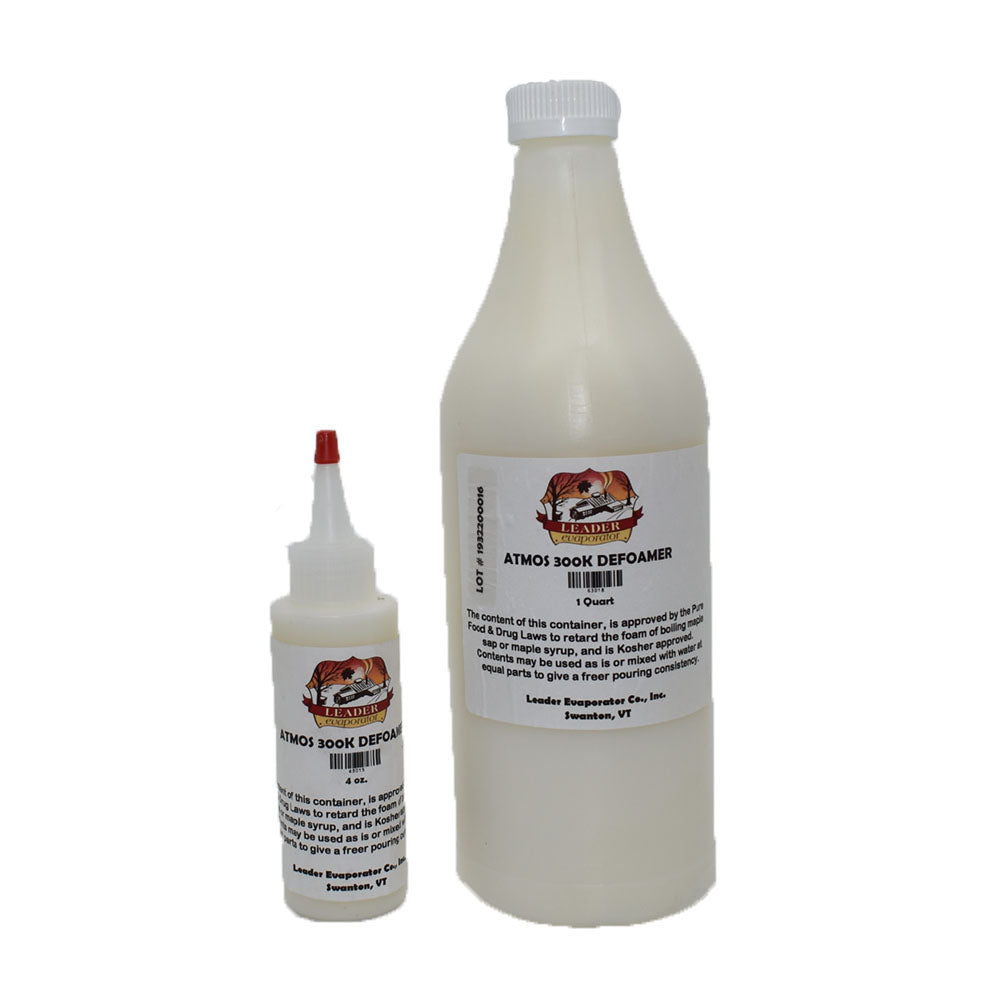Defoamers: Essential Tools for Enhancing Efficiency in Cleaning Products
Defoamers: Essential Tools for Enhancing Efficiency in Cleaning Products
Blog Article
Choosing the Right Defoamer for Your Details Application Requirements
Choosing the proper defoamer for specific application needs is a nuanced procedure that demands careful factor to consider of numerous aspects, such as the foam operating, medium, and kind conditions. Understanding the nuances of defoamer efficiency-- including rate and persistence-- while additionally accounting for ecological and regulatory factors is crucial.
Recognizing Foam Formation
Foam development happens when gas is entraped within a liquid, developing a steady framework of bubbles. This phenomenon can significantly affect various commercial procedures, especially in sectors such as food manufacturing, pharmaceuticals, and wastewater therapy. The presence of foam can impede blending, decrease product top quality, and even result in operational inadequacies.
Foam normally forms because of a mix of factors, consisting of surface-active representatives, agitation, and the qualities of the fluid stage. Surfactants lower the surface stress of the fluid, facilitating the development of bubbles that can coalesce and support. Agitation, whether from mechanical stirring or gas introduction, improves bubble development, leading to enhanced foam volume.
Recognizing the auto mechanics of foam formation is essential for sectors intending to enhance their processes. By determining the particular conditions that advertise foam generation, organizations can implement approaches to alleviate its effects.
Kinds Of Defoamers Available
Various kinds of defoamers are offered to address the obstacles positioned by foam in commercial applications. defoamers. Extensively identified, defoamers fall under three groups: silicone-based, non-silicone-based, and natural defoamers
Silicone-based defoamers are renowned for their performance and stability throughout a broad array of temperature levels and pH degrees. They are normally used in applications where solid foam reductions is required, such as in adhesives, finishes, and paints. Their low surface stress allows for fast foam collapse.
Non-silicone-based defoamers, usually made from organic compounds, use an option for applications delicate to silicone residues. These defoamers can be further split into polyether and ester types, each tailored to satisfy certain formulation needs. Non-silicone defoamers are frequently utilized in food handling and individual care products due to their compatibility with various formulations.
All-natural defoamers, stemmed from plant or pet sources, are obtaining traction because of their green profile. These products are specifically appealing in applications where regulative conformity and sustainability are paramount, such as in agrochemicals and biotechnology.
Selecting the best kind of defoamer is crucial for maximizing efficiency and ensuring compatibility with specific applications.
Secret Application Considerations
When choosing a defoamer, it is important to take into consideration the particular application demands to guarantee optimum efficiency. defoamers. Various industries have distinct needs, such as food processing, drugs, or wastewater therapy, and each application might need distinct defoaming residential properties
Trick factors to review consist of the medium in which the defoamer will be made use of, whether it is water-based, oil-based, or a mix thereof. The temperature level and pH levels of the application can additionally substantially affect the efficiency of a defoamer. Additionally, compatibility with various other chemicals present in the system is essential to avoid adverse responses that could endanger performance.
An additional crucial consideration is the frothing habits of the specific system. Recognizing whether the foam forms promptly or slowly can direct the option of a defoamer that targets the root reason efficiently. Moreover, the preferred speed of defoaming can influence the selection, as some applications need quick action while others might tolerate slower defoaming processes.
Finally, environmental and regulative factors to consider should not be ignored, specifically in sectors with strict conformity needs. Selecting a defoamer that aligns with these aspects ensures both effectiveness and security in the application.

Performance Testing Techniques
Reviewing the performance of a defoamer needs a systematic technique to testing that properly measures its performance in particular applications. Numerous performance testing approaches can be employed to establish the optimal defoamer for a provided solution.
One common technique is the bubble examination, which evaluates the defoamer's ability to minimize foam quantity over time. This examination entails generating a stable foam and then adding the defoamer to observe the rate of foam collapse.

Eventually, picking the appropriate performance testing technique relies on the specific application and the kind of foam being addressed. Each technique supplies important data that can guide formula changes and enhance the performance of the defoamer in useful applications.
Best Practices for Choice


Following, take into consideration the defoamer's efficiency in terms of rate of activity and determination. A quick-acting defoamer might be essential for processes where quick foam suppression is crucial, while an extra consistent formulation could be required for prolonged foam control. Furthermore, assess the ecological influence of the defoamer, including its biodegradability and any kind of governing compliance needs.
Conduct trials with chosen defoamers to identify their performance in real-world problems. By sticking to these best practices, you can improve foam control performance and ensure the longevity of your processes.
Final Thought
In summary, selecting the ideal defoamer requires a comprehensive evaluation of numerous aspects, including foam kind, tool, operating conditions, and ecological considerations. Recognizing the distinct characteristics of foam development and the available defoamer choices is important.
Picking the suitable defoamer for Go Here specific application requirements is a nuanced procedure that demands mindful consideration of numerous factors, such as check it out the foam medium, operating, and kind conditions.Picking the best defoamer is crucial for accomplishing optimum performance in foam control applications. A quick-acting defoamer might be essential for processes where rapid foam reductions is critical, while a more consistent solution could be needed for extended foam control.In recap, picking the appropriate defoamer necessitates a detailed analysis of various elements, consisting of foam kind, tool, operating problems, and ecological factors to consider. Understanding the distinct attributes of foam development and the readily available defoamer options is essential.
Report this page